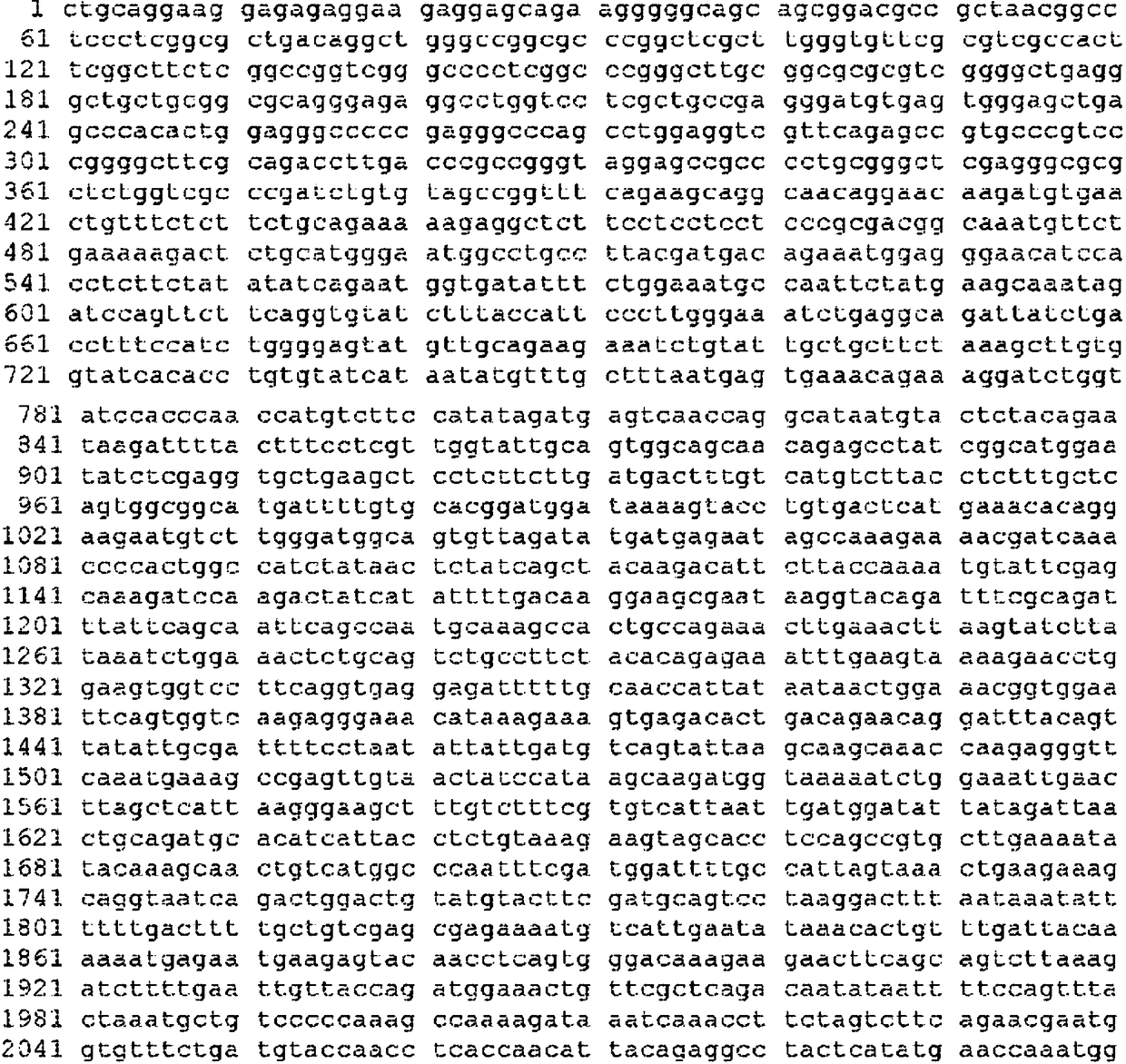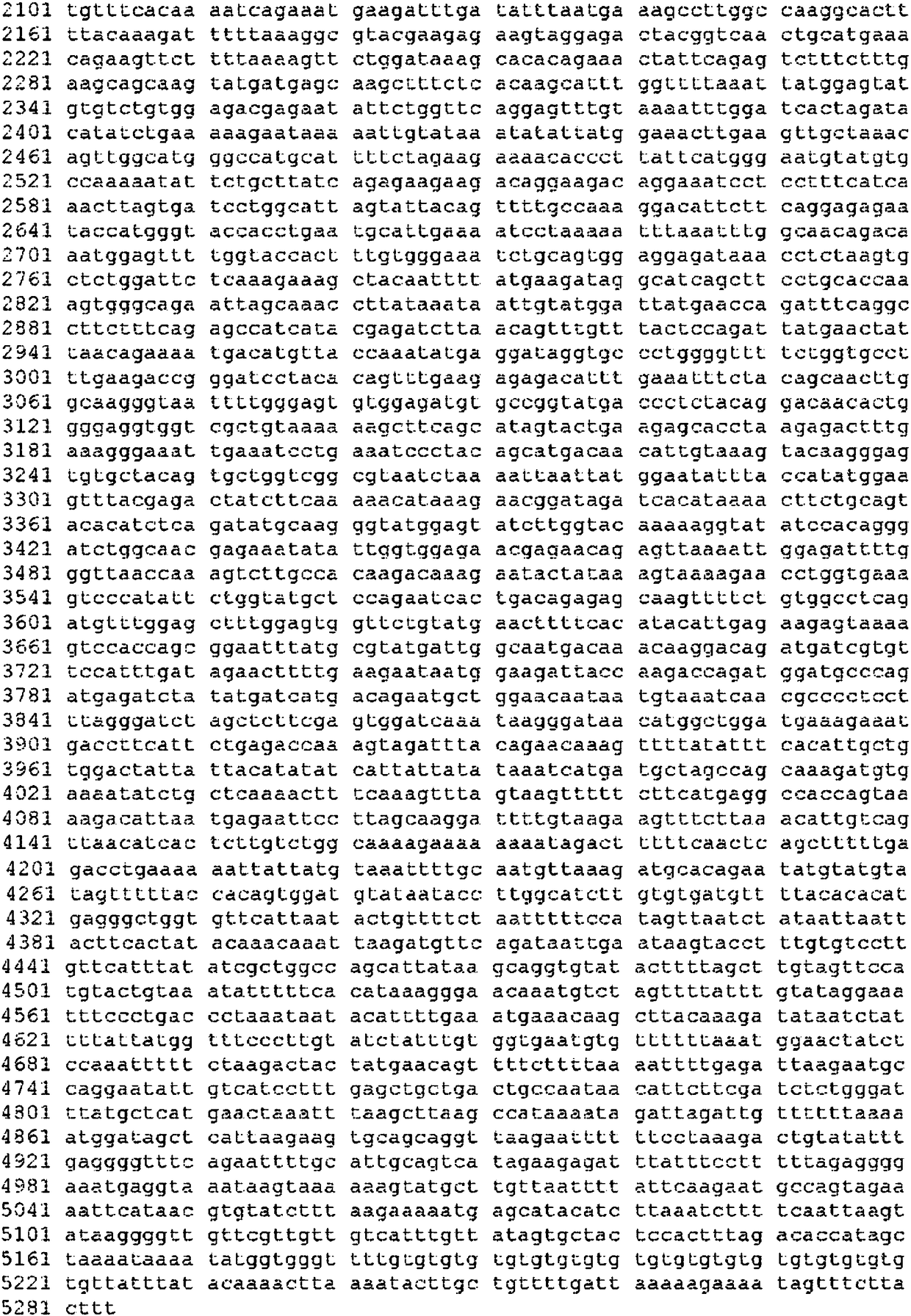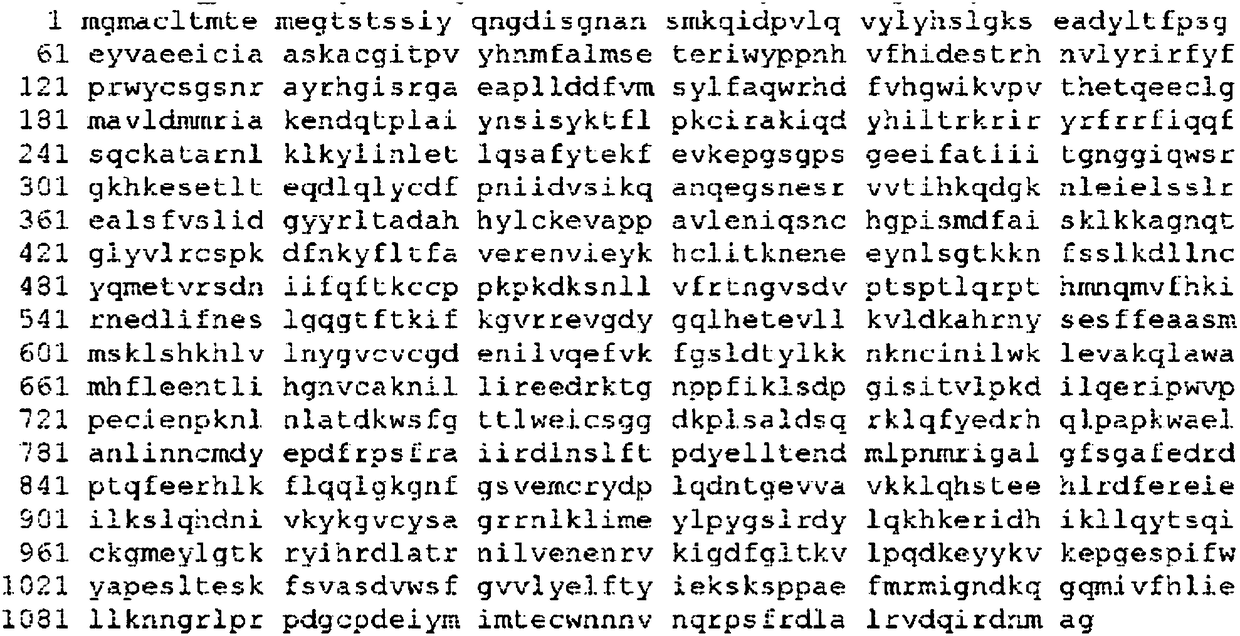Methods for treating myeloproliferative disorders
A technique for myeloid hyperplasia and disorders, applied in biochemical equipment and methods, chemical instruments and methods, microbiological determination/inspection, etc., can solve the problem that no drug shows selective anti-clonal effect
- Summary
- Abstract
- Description
- Claims
- Application Information
AI Technical Summary
Problems solved by technology
Method used
Image
Examples
Embodiment 1
[0356] Example 1. Treatment of myelofibrosis with recombinant human SAP (rhSAP)
[0357] Test patients diagnosed with myelofibrosis (including PMF, post-PV MF, or post-ET MF) for baseline mutations in one or more genes such as JAK2, MPL, CALR, ASXL1, EZH2, SRSF2, IDH1, and IDH2 state. To measure the baseline mutation status, a peripheral blood sample is collected from the patient, DNA is extracted from the sample and analyzed by real-time quantitative allele-specific PCR to measure one or more genes such as JAK2, MPL, CALR, Mutation status (ie identification of the presence or absence of one or more mutations) of ASXL1, EZH2, SRSF2, IDH1 or IDH2. Patients received recombinantly expressed human SAP containing α2,3-sialic acid in CHO cells (rhSAP expressed in CHO cells; containing at least one α2,3 linkage and glycosylated differently from SAP derived from human serum SAP; an exemplary SAP protein of the present disclosure). Efficacy was assessed by assessment of myeloid resp...
Embodiment 2
[0358] Example 2. Treatment of myelofibrosis with recombinant human SAP (rhSAP)
[0359] Test patients diagnosed with myelofibrosis (including PMF, post-PV MF, or post-ET MF) for baseline mutations in one or more genes such as JAK2, MPL, CALR, ASXL1, EZH2, SRSF2, IDH1, and IDH2 state. To measure the baseline mutation status, a peripheral blood sample is collected from the patient, DNA is extracted from the sample and analyzed by real-time quantitative allele-specific PCR to measure one or more genes such as JAK2, MPL, CALR, Mutation status (ie identification of the presence or absence of one or more mutations) of ASXL1, EZH2, SRSF2, IDH1 or IDH2. Patients received recombinantly expressed human SAP containing α2,3-sialic acid in CHO cells (rhSAP expressed in CHO cells; containing at least one α2,3 linkage and glycosylated differently from SAP derived from human serum SAP). Efficacy was assessed by assessment of myeloid response rate, defined as a one-step reduction in the WH...
Embodiment 3
[0360] Example 3. Reduction of Mutant Allele Burden in Myelofibrosis Using Recombinant Human SAP (rhSAP)
[0361] Test patients diagnosed with myelofibrosis (including PMF, post-PV MF, or post-ET MF) for baseline mutations in one or more genes such as JAK2, MPL, CALR, ASXL1, EZH2, SRSF2, IDH1, and IDH2 state. To measure the baseline mutation status, a peripheral blood sample is collected from the patient, DNA is extracted from the sample and analyzed by real-time quantitative allele-specific PCR to measure one or more genes such as JAK2, MPL, CALR, Mutation status (ie identification of the presence or absence of one or more mutations) of ASXL1, EZH2, SRSF2, IDH1 or IDH2. Patients with mutations in one or more genes received recombinantly expressed human SAP containing α2,3-sialic acid in CHO cells (rhSAP expressed in CHO cells; contains at least one α2,3 linkage and is glycosylated SAP different from SAP derived from human serum). Doses are adjusted to effectively reduce mu...
PUM
 Login to View More
Login to View More Abstract
Description
Claims
Application Information
 Login to View More
Login to View More - R&D
- Intellectual Property
- Life Sciences
- Materials
- Tech Scout
- Unparalleled Data Quality
- Higher Quality Content
- 60% Fewer Hallucinations
Browse by: Latest US Patents, China's latest patents, Technical Efficacy Thesaurus, Application Domain, Technology Topic, Popular Technical Reports.
© 2025 PatSnap. All rights reserved.Legal|Privacy policy|Modern Slavery Act Transparency Statement|Sitemap|About US| Contact US: help@patsnap.com



